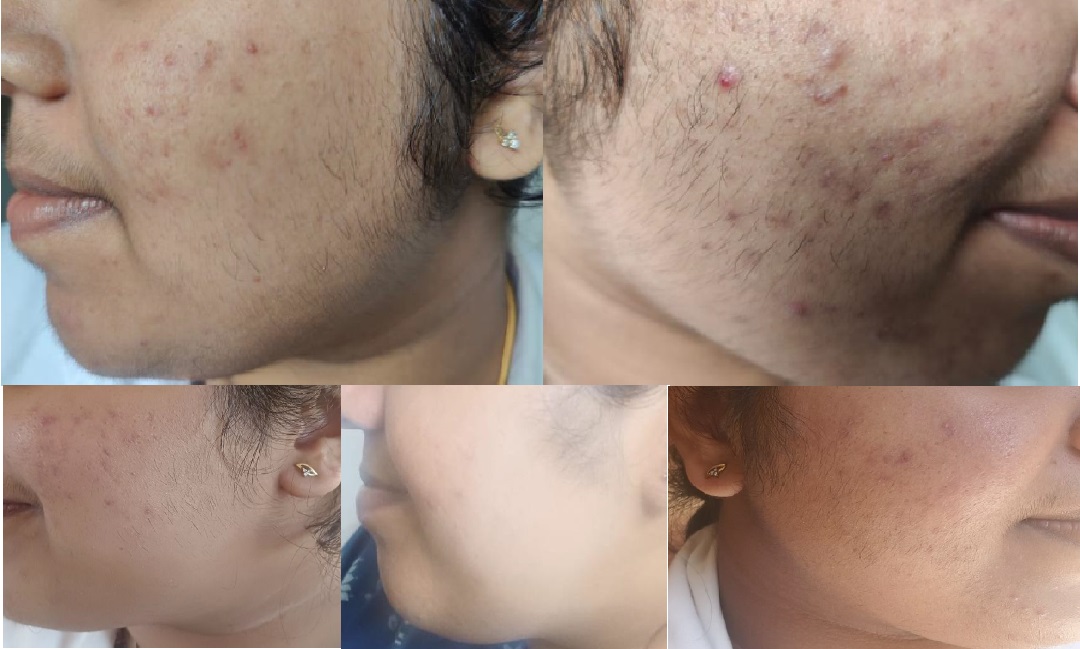Ayurvedic Approach to Polycystic Ovarian Syndrome
DOI:
https://doi.org/10.47070/ayushdhara.v10i6.1447Keywords:
PCOS, Patoladi kwatha, Andadhara roga, Navaka gugguluAbstract
Polycystic ovarian syndrome is a systemic, endocrinal and also a metabolic disorder and it is the most common cause of hyperandrogenic chronic anovulation occurring in reproductive age group. Approximately 75 percent of anovulatory women of any cause have polycystic ovaries and 20 to 25 per cent of women with normal ovulation demonstrate ultrasound findings typical of polycystic ovaries. In Ayurvedic literature, Acharya Kashyapa mentioned about Pushpagni jataharini, it bears some resemblance with symptoms of PCOS. Most of the symptoms seen in PCOS are related to the Artavavaha srotas. In Bhaishajya Ratnavali, it is mentioned that Patoladi Kwatha is Hitakara for Andadhara roga in Andadhaara roga chikitsa adhyaya. In Chakradutta, in Sthoulya chikitsa adhyaya he mentioned that Navaka guggulu is good for Kapha medoja roga. In this case study, patient aged 23 years came to the OPD with the complaints of irregular menstruation and scanty bleeding during menstruation since 1 year. She was known case of PCOS and her symptoms got relieved after the administration of Patoladi kwatha along with Navaka guggulu for 3 months.
Downloads

Downloads
Published
Issue
Section
License
Copyright (c) 2023 AYUSHDHARA

This work is licensed under a Creative Commons Attribution-NonCommercial-ShareAlike 4.0 International License.


